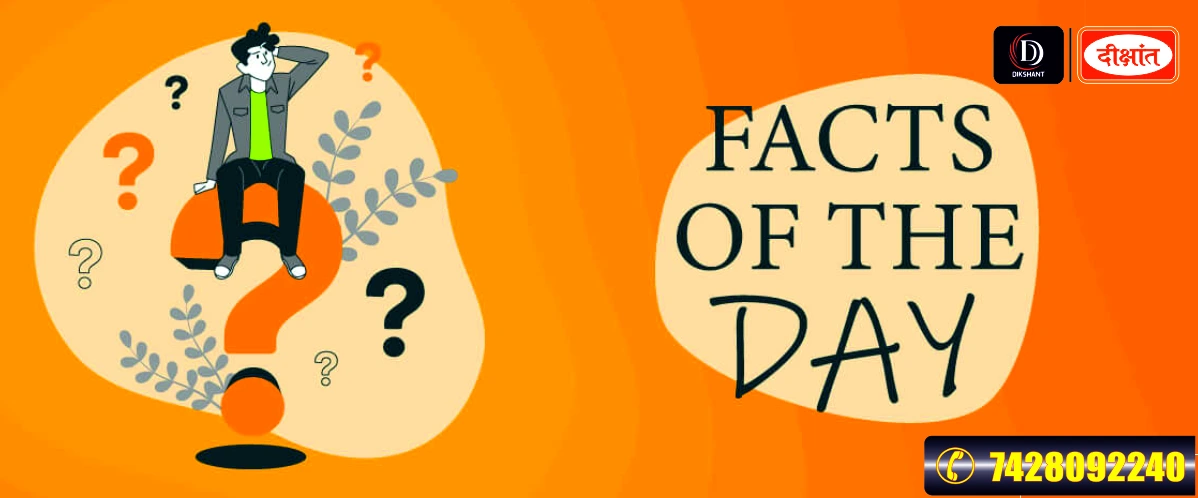
Whatsapp 93125-11015 For Details


1. Private Members' Bills in India, introduced by MPs who are not part of the government, offer a platform for independent legislative proposals. These bills allow MPs to address key issues for their constituencies without party pressure. However, in recent years, their significance has diminished due to limited time allocation in Parliament. The 17th Lok Sabha allocated only 9.08 hours to such bills, and in the 18th Lok Sabha, the time further decreased. These bills are often discussed during Friday sessions when many MPs leave for constituencies. This has led to a lack of serious participation, with few bills making progress. Reviving these bills could involve rescheduling debates to midweek to ensure greater participation, thus preserving the constitutional space for MPs' independent expression and strengthening parliamentary democracy.
2. Vikram Sarabhai, an Indian physicist and industrialist, played a pivotal role in advancing space research and nuclear power in India. Born on 12th August 1919 in Ahmedabad, he showed early scientific promise by building a working model of a train engine at age 15. Sarabhai completed his Tripos in Natural Sciences from St. John's College, Cambridge, and earned a PhD in cosmic rays. He founded several key institutions, including the Physical Research Laboratory (PRL), Indian Institute of Management (IIM) Ahmedabad, and Vikram Sarabhai Space Centre (VSSC). As the founder of ISRO, he spearheaded the Satellite Instructional Television Experiment (SITE) and the Aryabhata satellite. Sarabhai also contributed to nuclear science and was awarded the Padma Bhushan (1966) and Padma Vibhushan (1972, posthumously). His legacy includes the Sarabhai Crater on the Moon.
3. India's remarkable progress in malaria control was highlighted in the WHO World Malaria Report 2024, with a significant reduction in malaria cases and deaths between 2017 and 2023. The country aims for malaria-free status by 2030, with zero indigenous cases by 2027. Malaria, caused by Plasmodium parasites and transmitted by infected Anopheles mosquitoes, remains both preventable and curable. In 2023, global malaria cases reached 263 million, with 597,000 deaths. The WHO African Region carried 94% of the global burden. India’s malaria cases reduced by over 97% since independence, from 7.5 crore annually to 2 million, with deaths falling to just 83 in 2023. Key government initiatives such as the National Malaria Control Programme (NMCP), High Burden to High Impact (HBHI) Initiative, and the Malaria Elimination Research Alliance-India (MERA-India) have significantly contributed to these achievements, while ensuring early detection through increased Annual Blood Examination Rate.
4. The World Health Organization (WHO) has recently identified the resurgence of poliovirus in several countries, including Pakistan, Cameroon, and European nations. This resurgence is largely attributed to immunization gaps, particularly in fragile and conflict-affected areas where vaccination coverage has dropped, such as Sudan, where it fell from 85% to 30%. Additionally, the shift in vaccine strategy is significant, as Oral Polio Vaccine (OPV) has been linked to outbreaks of vaccine-derived poliovirus (cVDPV). As a result, experts recommend transitioning to the Inactivated Polio Vaccine (IPV), which provides better protection without the risk of vaccine-derived cases. Polio, a highly contagious viral disease, mainly affects children under five and can cause paralysis. Initiatives such as India’s Pulse Polio Programme and global efforts like the Global Polio Eradication Initiative (GPEI) continue to work towards its elimination.
5. The H-1B visa program is a non-immigrant visa introduced in 1990 to allow US-based companies to hire foreign workers for specialty jobs in fields like science, technology, engineering, mathematics (STEM), and IT. It aims to address skill shortages when qualified US workers are unavailable. The visa is valid for six years, after which the holder must leave for at least 12 months or apply for permanent residency. There is an annual cap of 65,000 visas, with 20,000 additional visas for applicants with US master's degrees. Some petitions are exempt from the cap, especially for those in higher education or government sectors. Indians benefit the most, accounting for over 70% of approved petitions. The H-1B program helps address the growing STEM talent shortages, especially as countries like India and China produce the highest number of STEM graduates globally.